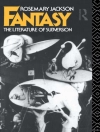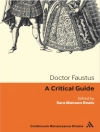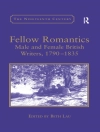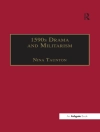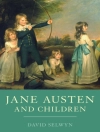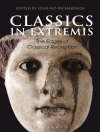The Protean Virgil argues that when we try to understand how and why different readers have responded differently to the same text over time, we should take into account the physical form in which they read the text as well as the text itself. Using Virgil’s poetry as a case study in book history, the volume shows that a succession of material forms – manuscript, printed book, illustrated edition, and computer file – undermines the drive toward textual andinterpretive stability. This stability is the traditional goal of classical scholarship, which seeks to recover what Virgil wrote and how he intended it to be understood. The manuscript form served to embed Virgil’s poetry into Christian culture, which attempted to anchor the content into a compatible theological truth. Readers of early printed material proceeded differently, breaking Virgil’s text into memorable moral and stylistic fragments, and collecting those fragments into commonplace books. Furthermore, early illustrated editions present a progression of re-envisionings in which Virgil’s poetry was situated within a succession of receiving cultures. Ineach case, however, the material form helped to generate a method of reading Virgil which worked with this form but which failed to survive the transition to a new union of the textual and the physical. This form-induced instability reaches its climax with computerization, which allows the reader newpower to edit the text and to challenge the traditional association of Virgil’s poetry with elite culture.
Craig Kallendorf
Protean Virgil [PDF ebook]
Material Form and the Reception of the Classics
Protean Virgil [PDF ebook]
Material Form and the Reception of the Classics
Bu e-kitabı satın alın ve 1 tane daha ÜCRETSİZ kazanın!
Dil İngilizce ● Biçim PDF ● Sayfalar 272 ● ISBN 9780191043642 ● Yayımcı OUP Oxford ● Yayınlanan 2015 ● İndirilebilir 3 kez ● Döviz EUR ● Kimlik 4063860 ● Kopya koruma Adobe DRM
DRM özellikli bir e-kitap okuyucu gerektirir


